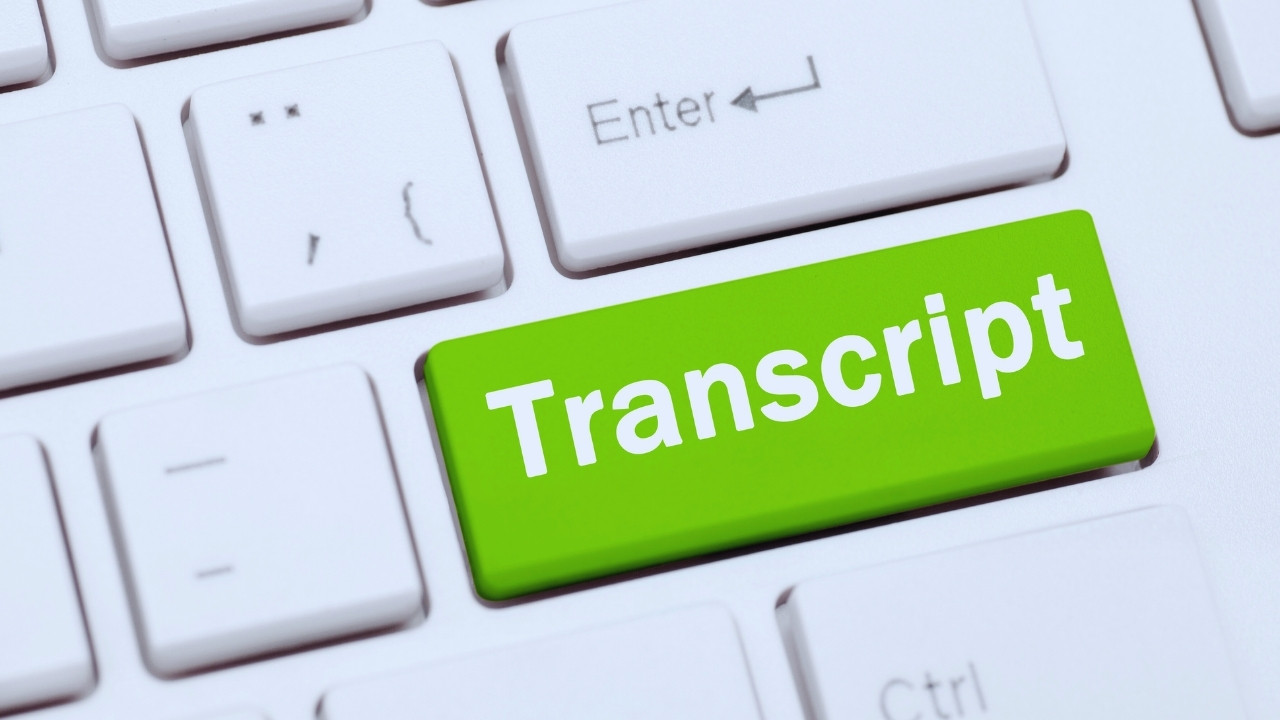
Revolutionizing Speech-to-Text: The Whisper Transc
Discover how Whisper Transcription, powered by OpenAI's Whisper model, is transforming voice-to-text

In 2025, the landscape of voice-to-text technology is undergoing a significant transformation. At the forefront of this revolution is Whisper Transcription, an advanced speech recognition system developed by OpenAI. Building upon the capabilities of its predecessor, Whisper, this new iteration offers enhanced accuracy, real-time transcription, and broader language support, making it a game-changer for various applications, from content creation to accessibility services.
OpenAI's original Whisper model was introduced as an open-source automatic speech recognition (ASR) system trained on 680,000 hours of multilingual and multitask supervised data collected from the web. This extensive training enabled Whisper to achieve remarkable robustness against accents, background noise, and technical language, setting a new benchmark in ASR technology.
Building upon this foundation, Whisper Transcription leverages advanced machine learning techniques to improve upon its predecessor. The integration of diffusion transformers and parallel decoding strategies has significantly enhanced transcription speed and accuracy, particularly in real-time applications. These advancements make Whisper Transcription a powerful tool for professionals and organizations requiring reliable and efficient speech-to-text conversion.
One of the standout features of Whisper Transcription is its impressive accuracy. Capable of transcribing speech with up to 95% accuracy, it excels in challenging conditions such as background noise, multiple speakers, and various accents. This high level of precision ensures that users receive reliable transcripts, even in less-than-ideal recording environments.
Whisper Transcription supports transcription in over 55 languages, making it an invaluable tool for global applications. Whether you're transcribing content in English, Spanish, Mandarin, or any other supported language, Whisper Transcription can handle the task with ease. This multilingual capability is particularly beneficial for businesses and content creators operating in diverse linguistic markets.
With the integration of diffusion transformers and parallel decoding strategies, Whisper Transcription offers real-time transcription capabilities. This feature is particularly useful for live events, meetings, and lectures, where immediate transcription is essential. The ability to transcribe speech as it's being spoken enhances accessibility and allows for immediate analysis and action.
Thanks to its extensive training data, Whisper Transcription demonstrates remarkable robustness to various accents and technical jargon. This makes it an ideal solution for industries such as healthcare, legal, and technical fields, where accurate transcription of specialized terminology is crucial.
Continuing OpenAI's commitment to open-source development, Whisper Transcription is freely available for developers and researchers. This openness fosters innovation and allows for customization and integration into a wide range of applications, from mobile apps to enterprise-level systems.
Content creators can leverage Whisper Transcription to streamline their workflows. By converting audio and video content into text, creators can easily generate subtitles, transcriptions, and summaries, enhancing the accessibility and reach of their content. This is particularly beneficial for platforms like YouTube, podcasts, and online courses.
For individuals with hearing impairments, Whisper Transcription provides real-time captions and transcriptions, improving accessibility to audio and video content. This feature is also valuable in educational settings, where students can benefit from transcribed lectures and discussions.
In the business and legal sectors, accurate transcription of meetings, interviews, and depositions is essential. Whisper Transcription's high accuracy and support for technical jargon make it a reliable tool for creating precise records and documentation.
Despite some concerns, Whisper Transcription has been adopted in healthcare settings for transcribing patient interactions. Its ability to handle medical terminology and accents makes it a valuable tool for improving documentation efficiency. However, it's important to note that users should be aware of potential limitations and use the tool appropriately.
Researchers can utilize Whisper Transcription to transcribe interviews, focus groups, and field notes, facilitating data analysis and reporting. The tool's multilingual support also enables researchers to work with diverse linguistic data.
While Whisper Transcription offers numerous advantages, it's important to be aware of certain challenges and considerations:
Hallucinations and Inaccuracies: Despite its high accuracy, Whisper Transcription may occasionally generate inaccuracies or "hallucinations," particularly in complex or ambiguous contexts. Users should review transcripts carefully and consider human oversight when necessary.
Ethical and Privacy Concerns: As with any AI-powered tool, ethical considerations regarding data privacy and consent are paramount. Users should ensure that they have appropriate permissions and safeguards in place when using Whisper Transcription in sensitive contexts.
Dependence on Quality Audio Input: The accuracy of transcription is heavily dependent on the quality of the audio input. Poor-quality recordings may result in less accurate transcripts, highlighting the importance of clear and high-quality audio sources.
Looking ahead, the future of Whisper Transcription appears promising. Ongoing research and development efforts aim to further enhance its capabilities, including:
Improved Accuracy: Continued advancements in machine learning techniques are expected to further improve transcription accuracy, particularly in challenging audio conditions.
Expanded Language Support: Future versions may include support for additional languages and dialects, broadening the tool's applicability.
Integration with Other AI Technologies: Combining Whisper Transcription with other AI technologies, such as natural language processing and sentiment analysis, could enable more comprehensive and insightful analyses of transcribed content.
Enhanced Real-Time Capabilities: Further improvements in real-time transcription will enhance its utility in live settings, such as conferences and broadcasts.
Whisper Transcription represents a significant advancement in voice-to-text technology. Its high accuracy, multilingual support, real-time capabilities, and open-source accessibility make it a valuable tool for a wide range of applications. While challenges remain, ongoing developments and improvements promise to further enhance its effectiveness and reliability. As voice-to-text technology continues to evolve, Whisper Transcription stands at the forefront, shaping the future of how we convert speech into text.